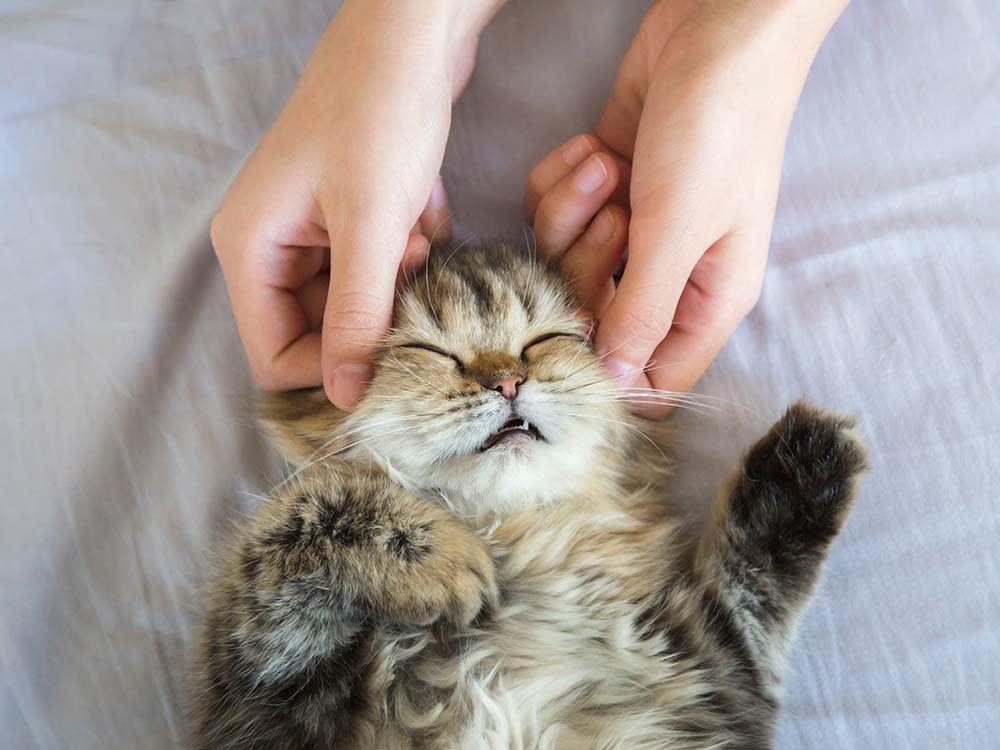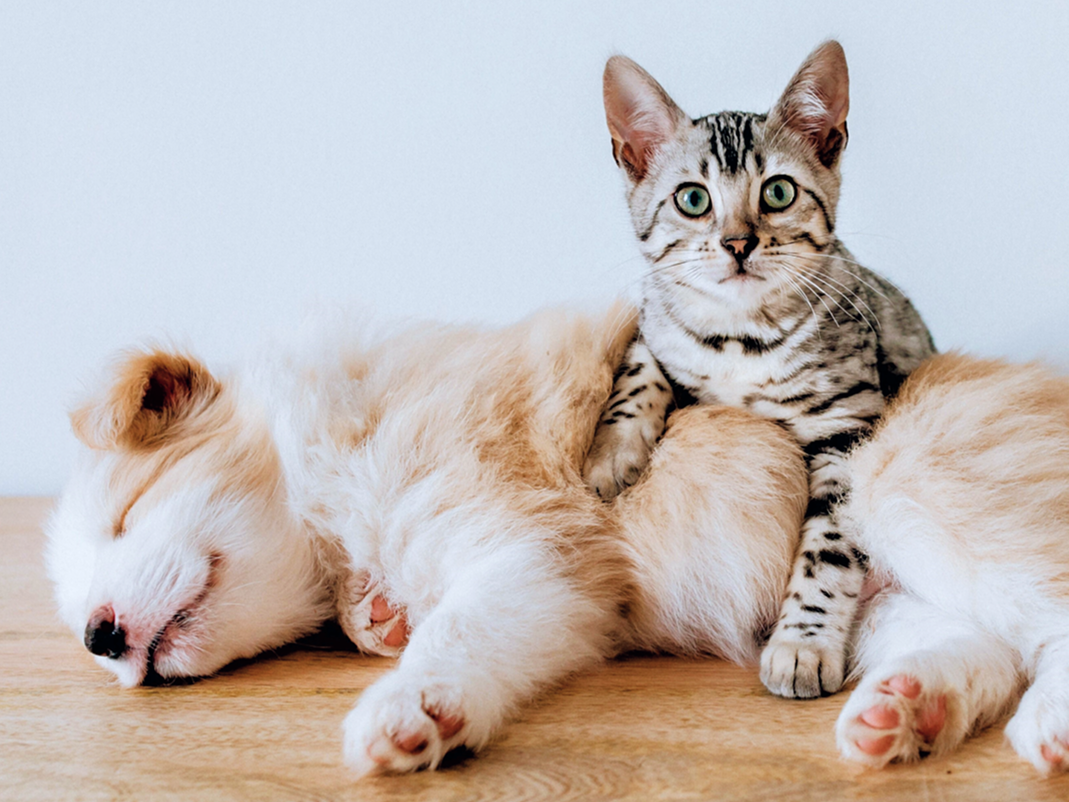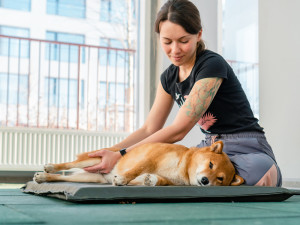Does Your Cat Need a Massage?
Pets deserve some self care, too.
From logging eight hours at a desk to training for a 5k to coping with stress, we all have our own reasons to crave a good massage. Your kitty might need some shiatsu, too. Massage provides a bevy of benefits to all animals, including increased circulation, nerve stimulation, improved digestion, reduced muscle tension, and enhanced range of motion. Studies have even found that massage can benefit cats suffering from critical illnesses and those in hospice care. Massage is a great bonding experience, too.
Cat massage might look a lot like simply petting your cat, but veterinarian Dr. Robin Downing, DVM, calls it “a more intentional type of touch.” A certified veterinary pain practitioner and hospital director for The Downing Center for Animal Pain Management, Dr. Downing explains, “Massage is focused on providing benefits, and the type of intentional touch will vary depending upon the desired effect.” The type of touch desired will also determine whether a DIY massage will do the trick or your pet should see a pro.
Check out customizable policies from our friends at Lemonade Pet Insurance—so you only pay for what you need.
Finding a Cat Masseuse
Cats who need a massage to help with health issues like muscle spasms, muscle tightness, pain relief, or improved circulation should see a practitioner trained in veterinary massage. The National Board of Certification for Animal Acupressure and Massageopens in new tab has a database of certified practitioners so you can search for a licensed animal masseuse by location. Your veterinarian may also be trained, or able to offer referrals.
A professional massage session should cater to each individual cat: A cat experiencing joint pain will need a different approach than an anxious cat. After an initial consultation and 30-minute session, a feline massage therapist will create a treatment plan based on your cat’s specific health needs. “Very few cats, unless they have pain issues that are not being addressed properly, resent the therapeutic touch of massage,” Dr. Downing says.
How much do you spend on your pet per year?
Creating an At-Home Spa Experience
For healthy cats, Dr. Downing suggests a few basic DIY techniques for a relaxing massage. Use long, slow strokes to rub your cat from the base of their neck to the base of their tail. Start at the spine and with each subsequent stroke, move your hand about one-and-a-half inches down their side from the spine, so their entire furry body benefits from the massage.
“I generally recommend concentrating on one side with three repetitions, then moving to the other side of the cat to repeat the sequence,” Dr. Downing says. You can also use the flat tips of three fingers held together to offer small, gentle, circular strokes. Start close to the base of the skull and work toward the tail. She suggests using your fingers to make circles that are about one inch in diameter, adding, “Let your three-finger massage tool move those small circles like a spiral from the head end of the body to the tail end of the body.”
Although most cats don’t like having their paws massaged, Dr. Downing notes that using one hand to gently squeezing each leg, starting near the feet and moving up the leg can move blood and lymph toward the torso. “Think about this like the pressure and release of the compression booties they use on humans in the hospital,” she says. “They gently compress and release to help prevent blood clots in the legs.”
While most cats can benefit from massage, there are a few instances when massage should be avoided: Don’t massage cats with open wounds, fractures, blood-clotting disorders, or undiagnosed/untreated pain. And if your cat has tumors or infections, avoid those areas. When in doubt, consult with your veterinarian. If your motive is simply to calm or bond with your cat, go for it — cucumber water, optional.





